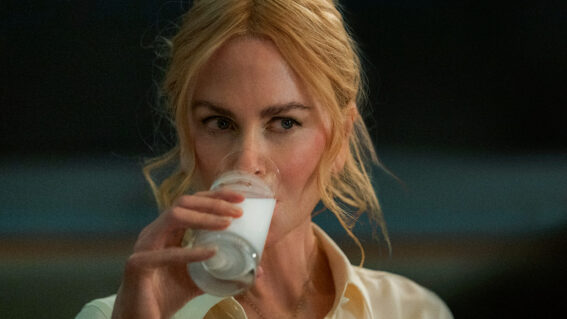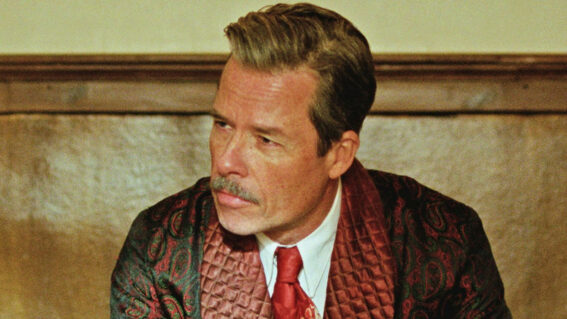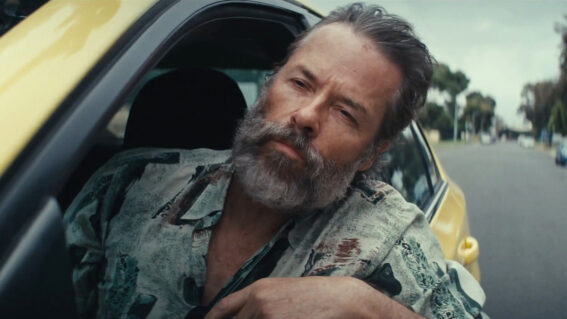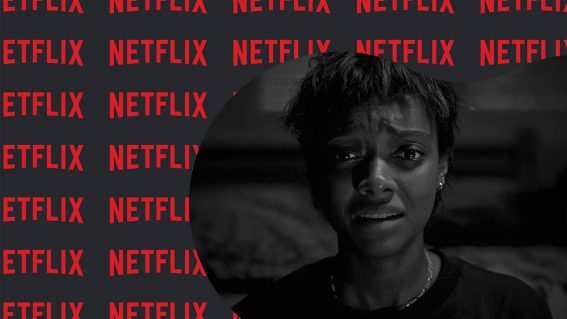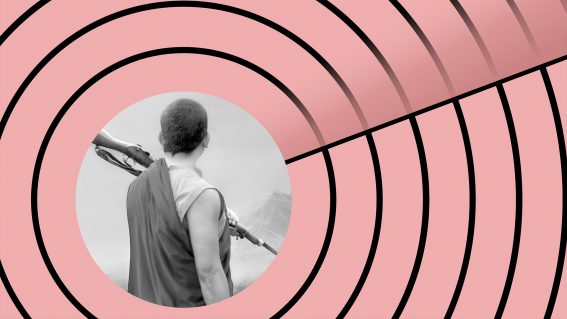Why Godzilla is both cinema’s greatest villain and cinema’s greatest hero
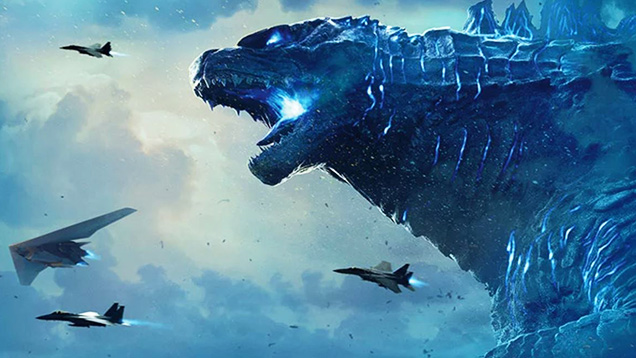
With Godzilla II: King of the Monsters currently stomping across the cinematic landscape, now is a good time to ask: is this legendary beast friend or foe? Actually, he’s both, writes Sarah Ward.
No matter which Godzilla film happens to be rampaging across screens at any given time, they all feature the same moment. Although the specifics vary – the characters involved, where they happen to be and how they’ve come into contact with cinema’s favourite towering creature – the mechanics remain the same. Someone peers at the giant kaiju, their eyes widen and jaw drops, and they’re awed by the Godzilla’s sheer size, scale and majesty.
Godzilla II: King of the Monsters includes this obligatory scene, albeit underwater and with the clumsily exclaimed “oh my god… zilla” split across two characters. Of course it does. A sequel to 2014’s latest US reboot of Godzilla, the film features this moment for the same reason that the franchise always has: Godzilla is a humbling sight to behold. The great big beast not only makes humanity seem insignificant by comparison, but reminds us of our worst tendencies, biggest flaws and most desperate needs.
To date, Godzilla has graced the screen 35 times, spanning both Japanese and American versions of varying quality. These include live-action films that have evolved in visual complexity over the past 65 years, as well as three recent animated features. The lizard-like critter may be getting on; however it’s showing no signs of scampering out of popular consciousness.
In fact, thanks to Godzilla II: King of the Monsters’ Australian-shot sequel Godzilla vs Kong, it’ll be back again in https://blog.flicks.co.nz/reviews/godzilla-ii-is-a-royal-tumble-of-titanic-monsters-and-very-confused-humans/2020. While creature features can trade on their sense of spectacle for longevity, the way that any action-oriented franchise does, Godzilla’s continued prominence springs from all of the things that the series’ titular gargantuan represents. It’s a destructive force to be reckoned with, lumbering across the earth and leaving a trail of devastation in its wake. It’s also a monster of our own making, brought back into the world by our atomic power. And, despite all of that, it’s also often our saviour.
Godzilla the villain
Godzilla’s villainous tendencies are there for all to see. Ranging from 50–300 metres tall depending on the film, the critter is instantly imposing, and that’s before it even starts moving. Its every step not only rattles the earth but can flatten buildings, as can each swing of its tale, with everywhere from Tokyo to San Francisco feeling the city-levelling impact. Throw in its deafening roar, and it’s difficult not to shake in Godzilla’s wake. Countless people have on-screen; countless more have lost their lives. Humanity’s frightened response is instinctive and immediate, ranging well beyond our own nature to the basic natural order, where small prey cower in the shadow of larger predators.
Godzilla isn’t out to destroy all humans, however. Its frightful tendencies are physical and inescapable, but its colossal size also acts as a billboard to project humanity’s collective shortcomings and fears. In different movies, Godzilla has different powers, expanding from its signature atomic heat beam, or fiery breath, to include atomic pulsing, magnetism, shooting fire, sprinting at superhuman speeds, shooting lasers from its eyes and exploding in a ball of radioactive energy – and most of them speak to its recent awakening in response to humanity’s nuclear exploits. They also tap into our inherent culpability.
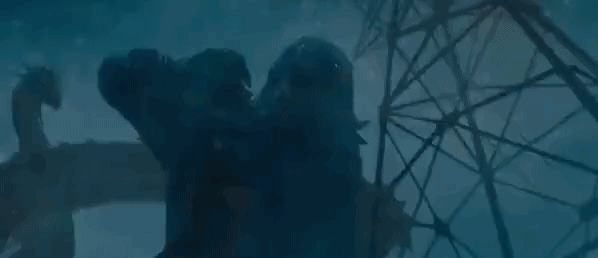
Every fictional monster, be it the re-animated creature brought back to life in Mary Shelley’s Frankenstein or the sinister pop-up boogeyman that is The Babadook, has a basis in our fears. They’re terror personified, manifesting so that humans can literally wrestle with their biggest worries. Godzilla is the behemoth of them all, springing from our own world-destroying capabilities.
As Japan attempted to recover from the World War II bombings of Hiroshima and Nagasaki, as well as the conflict in general, it’s hardly surprising that Ishirō Honda conjured up a super-sized embodiment of nuclear warfare’s destructive power, and a reminder that its use isn’t without catastrophic consequences. That’s a message that should never fade from memory, especially as the world returns to increasingly divisive times. Godzilla’s return this decade, six decades on, certainly couldn’t be more timely.
Our kaiju, our hero
Not only introducing Godzilla to the world, 1954’s Japanese feature of the same name also set a pivotal tone, particularly regarding the weight afforded to the creature’s rampages. The film lingers on the devastation and doesn’t shy away from the lives lost, as 2014’s Godzilla did also. Indeed, that 1998’s first US Godzilla remake felt breezy and blaze about its carnage was among its many failings. Recognising the significance of Godzilla’s trail of destruction isn’t just about wearing the cost, either – it’s a crucial step in realising the character’s seemingly counterintuitive double status.
If Godzilla isn’t hurting us, it can help. The first Godzilla vs films went the other way, sending King Kong and Mothra to fell their scaly foe, but then King Ghidorah crashed down from above. The year was 1964, the feature was Ghidorah, the Three-Headed Monster, and Godzilla, Mothra and Rodan suddenly had a reason to work together — and to unleash their might to save the world. Human lives are always going to be lost when these hulking figures battle, just as a consequence of their size, yet we all still share a common home. Suggesting that we might have a symbiotic relationship is presented as both humorous and horrifying in King of the Monsters; however that has been the flipside to the franchise for more than half a century.
Continuing the nuclear metaphor, the symbolism is obvious. Godzilla doesn’t pretend to be subtle, physically or thematically. It’s better to understand and value the weapon that could eradicate life as we know it, rather than blindly vilify, attack it or fear it – even knowing that its force could still be unleashed against humanity at any time.
One of the best aspects of the lacklustre King of the Monsters is this message – one that isn’t new, but never proves less astute or rousing. When the film endeavours to follow the idea through to its most cynical point, it’s far less convincing. We can’t control our favourite kaiju, either for good or bad, but we can create a world where it’s our ally when needed. And if we can redeem this frightening figure, embracing it as a hero, we can redeem ourselves for our societal misdeeds as well.


